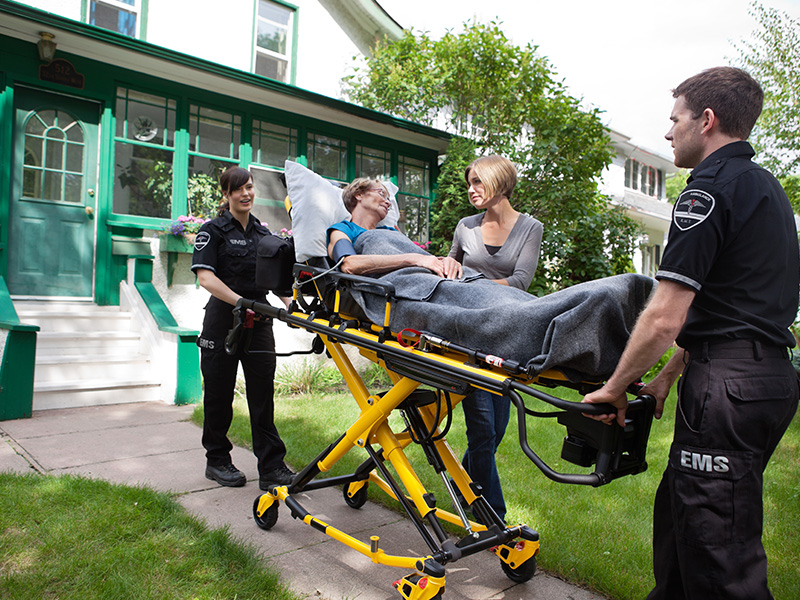Facts About Falling
Facts
- Falls are the leading cause of fatal and nonfatal injuries among adults aged 65 and older.1
- Falls are the leading cause of injury-related death among adults ages 65 and older, and the fall death rate is increasing.2
- In the United States, over 14 million, or one in four, adults ages 65 and older (older adults), report falling each year,3 but less than half tell their doctor.5
- Falling once doubles your chances of falling again.4
- One out of five falls causes a serious injury such as broken bones or a head injury.6,7
- Each year, 3 million older people are treated in emergency departments for fall injuries.1
- In every age category (from <1 through 65+), the leading cause of nonfatal injury in the USA is an unintentional fall.1
- Over 800,000 patients a year are hospitalized because of a fall injury, most often because of a head injury or hip fracture.1
- More than 95% of hip fractures are caused by falling,8 usually by falling sideways.9
- Falls are the most common cause of traumatic brain injuries (TBI).
References:
- Centers for Disease Control and Prevention, National Center for Injury Prevention and Control. Web–based Injury Statistics Query and Reporting System (WISQARS) [online].
- Kakara RS, Lee R, Eckstrom EN. Cause-Specific Mortality Among Adults Aged ≥65 Years in the United States, 1999 Through 2020. Public Health Rep. 2023 Mar 11:333549231155869. DOI: 10.1177/00333549231155869. Epub ahead of print. PMID: 36905313.
- Kakara R, Bergen G, Burns E, Stevens M. Nonfatal and Fatal Falls Among Adults Aged ≥65 Years—United States, 2020–2021. MMWR Morb Mortal Wkly Rep 2023;72:938–943. DOI: 10.15585/mmwr.mm7235a1.
- O’Loughlin J et al. Incidence of and risk factors for falls and injurious falls among the community-dwelling elderly. American journal of epidemiology, 1993, 137:342-54.
- Stevens JA, Ballesteros MF, Mack KA, Rudd RA, DeCaro E, Adler G. Gender differences in seeking care for falls in the aged Medicare Population. Am J Prev Med 2012;43:59–62.
- Alexander BH, Rivara FP, Wolf ME. The cost and frequency of hospitalization for fall–related injuries in older adults. American Journal of Public Health 1992;82(7):1020–3.
- Sterling DA, O’Connor JA, Bonadies J. Geriatric falls: injury severity is high and disproportionate to mechanism. Journal of Trauma–Injury, Infection and Critical Care 2001;50(1):116–9.
- Hayes WC, Myers ER, Morris JN, Gerhart TN, Yett HS, Lipsitz LA. Impact near the hip dominates fracture risk in elderly nursing home residents who fall. Calcif Tissue Int 1993;52:192-198.
- Parkkari J, Kannus P, Palvanen M, Natri A, Vainio J, Aho H, Vuori I, Järvinen M. Majority of hip fractures occur as a result of a fall and impact on the greater trochanter of the femur: a prospective controlled hip fracture study with 206 consecutive patients. Calcif Tissue Int, 1999;65:183–7.
- Jager TE, Weiss HB, Coben JH, Pepe PE. Traumatic brain injuries evaluated in U.S. emergency departments, 1992–1994. Academic Emergency Medicine 2000&359;7(2):134–40.
Visit Us
At Balanceable, we’re dedicated to improving lives through enhanced balance and mobility. Our Balance therapy and Fall Prevention program is a testament to this commitment. We invite you to visit us and experience the transformative power of balance. Let’s work together to enhance physical performance, prevent falls and create a safer, healthier future for you.

